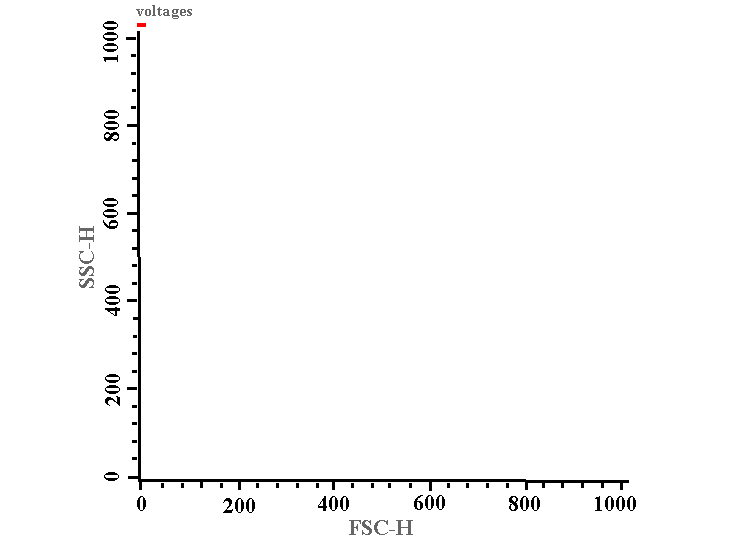
OMICS TECHNOLOGIESImmunophenotyping: Flow Cytofluorometry |
|
Flow cytofluorometry (FCFM), a method of measuring and analyzing light emissions that interact with particles
flowing in a liquid stream, has an enormous number of applications in life science. The technique is based on using
three types of laser light: (i) forward scattered light, (ii) orthogonal scattered at 90° light,
and (iii) dye-specific fluorescence light. Cells pass through laser light by a single cell in the flow of a droplet.
The light scatter is commonly exploited to exclude dead cells, cell aggregates, and cell debris from fluorescence
data. It is also used to assess any granularity and cell size, and distinguish lymphocytes, monocytes, and
granulocytes from each other in blood leukocyte samples. ©V.V.Klimov
|

